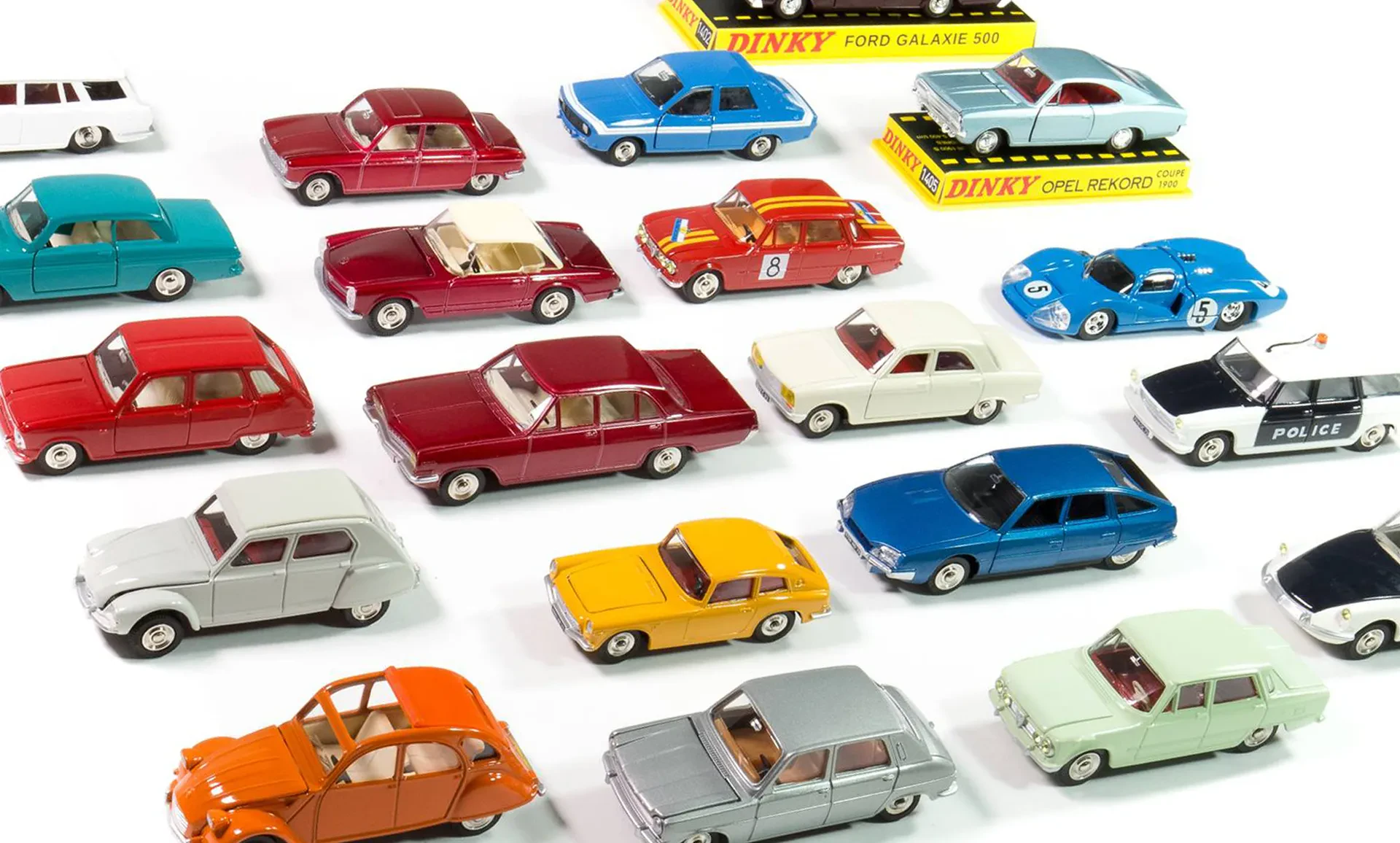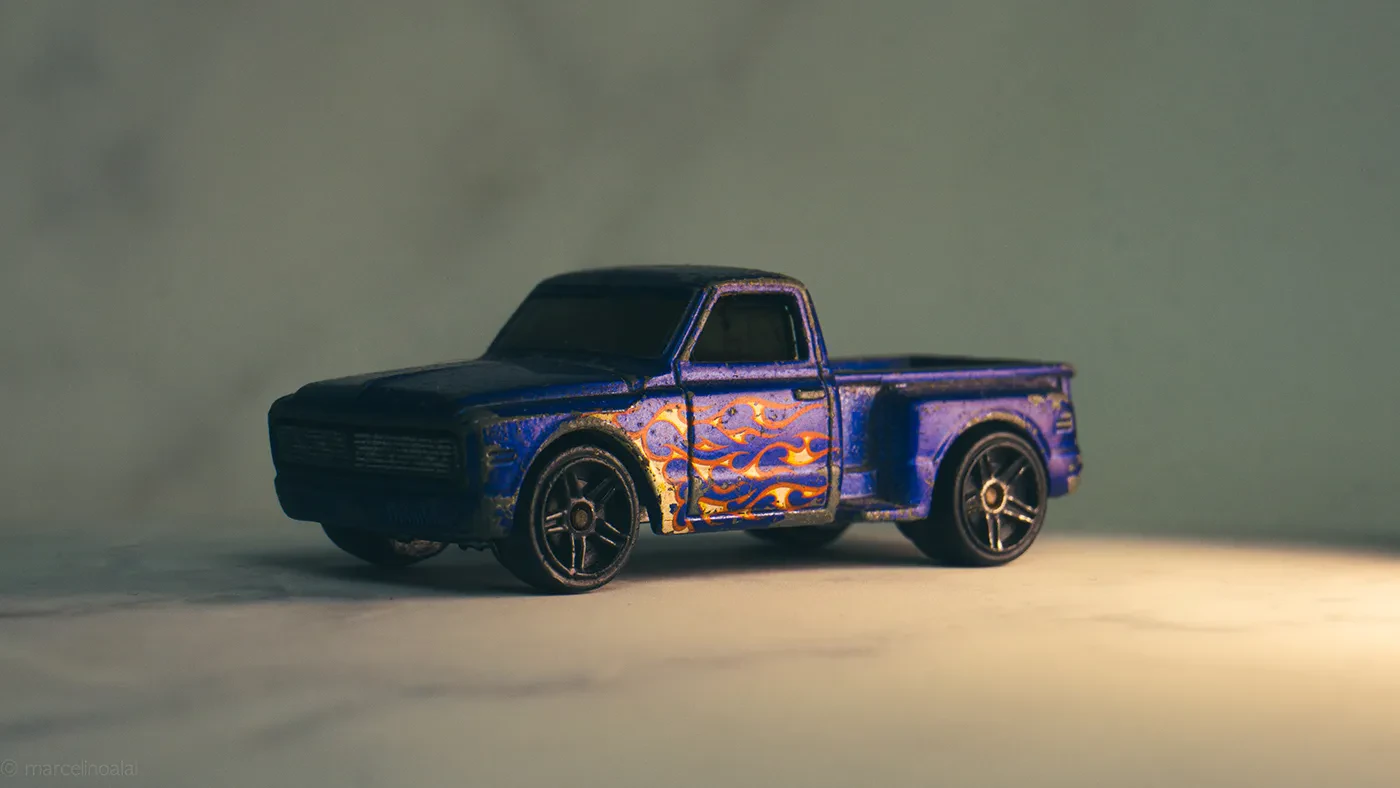What’s the Deal with PAL Diecast Planes Anyway?
Okay, so you’ve heard about PAL diecast planes. Maybe you’ve seen one shimmering on a shelf, or perhaps a friend mentioned their collection. But what exactly are they, and why are people so into them? Basically, they’re miniature, often highly detailed, replicas of Philippine Airlines (PAL) aircraft. Think of them as scaled-down versions of the real deal, crafted primarily from metal—hence ‘diecast.’
These aren’t just toys though. While some might be suitable for older kids (always check the age recommendations!), many are meticulously designed for collectors. They showcase the different aircraft types that PAL has flown over the years, from vintage propeller planes to modern jetliners. They’re tangible pieces of aviation history, shrunk down to a manageable size.

Why are PAL Diecast Planes so Popular?
There are a few key reasons why these little planes are so sought after. First, there’s the nostalgia factor. For many Filipinos (and those with connections to the Philippines), PAL represents a link to home, family, and travel memories. Owning a diecast model can be a way to connect with that heritage.
Second, they appeal to aviation enthusiasts in general. People who are passionate about airplanes, airlines, and the history of flight find these models fascinating. PAL, as the flag carrier of the Philippines, has a rich and storied history, and its aircraft reflect that.
Third, collecting is just plain fun! The thrill of the hunt, the satisfaction of completing a set, and the joy of displaying your collection are all part of the appeal. Plus, PAL diecast planes can be a relatively affordable way to start a collection compared to some other types of collectibles.
What to Look For When Buying PAL Diecast Planes
So, you’re thinking about getting into the hobby? Great! Here are a few things to keep in mind when shopping for PAL diecast planes:
- Scale: This refers to the size of the model relative to the real aircraft. Common scales are 1:200, 1:400, and 1:500. Smaller scales mean smaller planes, obviously!
- Manufacturer: Some manufacturers are known for higher quality and more accurate details. Look for brands like GeminiJets, JC Wings, or InFlight200.
- Aircraft Type: PAL has flown a wide range of aircraft, from Boeing 747s to Airbus A320s. Choose the ones that interest you most.
- Livery: ‘Livery’ refers to the paint scheme and markings on the plane. PAL has had several different liveries over the years, so pick your favorite.
- Condition: If you’re buying a used model, carefully inspect it for any damage, such as scratches, missing parts, or fading paint.
- Rarity: Some PAL diecast planes are rarer than others, especially those that represent older aircraft or special liveries. Rarity can significantly impact the value of a model.
- Price: Prices can vary widely depending on the scale, manufacturer, condition, and rarity. Do your research to get a sense of what a fair price is.

Different Scales of PAL Diecast Planes Explained
Let’s break down those common scales a bit more. 1:200 scale is a popular choice because it offers a good balance between size and detail. These models are large enough to appreciate the intricacies of the aircraft, but not so large that they take up too much space.
1:400 scale is smaller, making it a good option for collectors with limited display space. These models are still detailed, but the smaller size means that some of the finer details may be less noticeable.
1:500 scale is even smaller, often favored by collectors who have vast collections and need to maximize space. While less detailed, they allow you to represent a large fleet in a compact area.
Where Can You Find PAL Diecast Planes in 2024?
Finding these planes can be an adventure in itself! Here are a few places to start your search:
- Online Retailers: Websites like eBay, Amazon, and specialized diecast model retailers are great places to find a wide selection of PAL diecast planes.
- Diecast Model Shows: Attending diecast model shows or conventions can be a fun way to meet other collectors and browse a variety of models in person.
- Aviation Museums: Some aviation museums may have gift shops that sell PAL diecast planes.
- Local Hobby Shops: Check with local hobby shops in your area that specialize in model airplanes or collectibles.
- Online Forums and Communities: Joining online forums and communities dedicated to diecast models can be a great way to connect with other collectors, ask questions, and find deals.

Preserving Your Precious PAL Planes
Once you’ve built your collection, you’ll want to keep those planes looking their best. Here are a few tips for preserving your PAL diecast planes:
- Dust Regularly: Use a soft brush or compressed air to gently remove dust from your models.
- Avoid Direct Sunlight: Prolonged exposure to direct sunlight can fade the paint and decals on your models.
- Store in a Safe Place: Keep your models in a display case or cabinet to protect them from damage and dust.
- Handle with Care: When handling your models, avoid touching the painted surfaces as much as possible. Hold them by the landing gear or fuselage.
- Avoid Extreme Temperatures and Humidity: Store your models in a cool, dry place to prevent damage from extreme temperatures and humidity.
The Future of PAL Diecast Plane Collecting
The world of PAL diecast planes is constantly evolving. New models are being released all the time, and the values of older models can fluctuate. As PAL continues to operate and introduce new aircraft, the hobby will continue to thrive.
Whether you’re a seasoned collector or just starting out, there’s something for everyone in the world of PAL diecast planes. So, take to the skies and start your own collection today! You might just discover a new passion for aviation and the history of Philippine Airlines.
Ultimately, collecting PAL diecast planes is about more than just owning miniature aircraft. It’s about connecting with history, celebrating aviation, and sharing a passion with others. Happy collecting!
